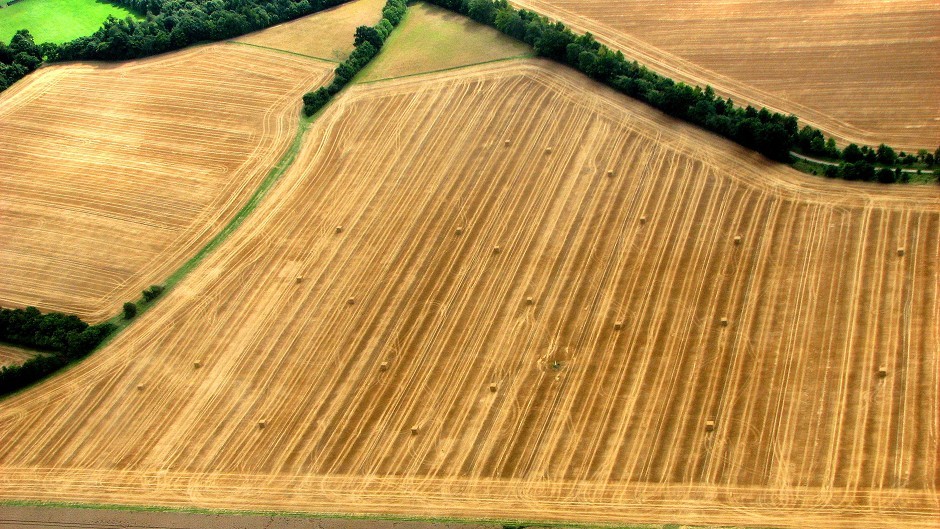An unprecedented gap in the value between Scottish and English farmland is leading to an upsurge in demand by southern buyers for Scottish farms.
Land agent Charles Dudgeon, who heads Savills sales team, said that English farmers – especially from Hampshire, Surrey and Gloucestershire – were now setting their sights on any quality Scottish farmland that comes on the market, and that demand is set to grow.
Speaking in Edinburgh ahead of the company’s Scottish Property Outlook seminar attended by 420 property professionals, accountants, bankers and lawyers, Mr Dudgeon said a push by farmers to have bigger acreages was driving the farmland market.
“The easiest way to achieve this is to sell up in the high value areas of the south of England and purchase in the perceived lower values, such as the north of England and Scotland,” said Mr Dudgeon.
“In Scotland, we are certainly seeing a significant increase in interest in Scottish farms from south of the border for essentially this reason.
“The value gap between Scotland and England has never been so wide, and although English values have slipped back modestly in 2015, they are from
all-time highs driven by lack of supply.”
He said land values in Scotland range from £7,500-£9,000/acre for prime arable land; secondary land is trading at £5,000-£7,000/acre; upland pasture is worth £800-£1,500/acre and hill land £150-£600/acre.
In comparison, top quality land in Essex and Lincolnshire is selling for up to £15,000/acre.
And while the supply of land has risen by 47% since 2014, Mr Dudgeon said there was no sign of the “much vaunted flood of acres” coming to the market this spring.
“In England certainly, where land values have risen by over 225% in the last 10 years (compared to 148% in the same period for Scotland), supply rose by 16% to 120,000 acres being offered for sale, with a clear divide between the eastern and western regions of the country,” he said.
Looking ahead Mr Dudgeon said he expected to see a wider regional variation than ever for prices paid for farmland, depending on location, quality of property and either long-term development potential or exactly the opposite – a very private property.
Mr Dudgeon said there was also a significant number of Northern Irish farmers looking at land in the south-west of Scotland where values are half that of Irish farmland.
Referring to the poor commodity prices being paid to farmers, Mr Dudgeon said there tended to be a delay of around two years between a downturn in the industry and land coming on the market.
However he added that 20% of sellers reported debt-related issues as the reason for the sale of their farms.
He added: “It may sound high, but this level is significantly lower than the 25-30% recorded in the years after base rates touched 15%. Interest rates are not the challenge – it is the repayments of debt that is.”
